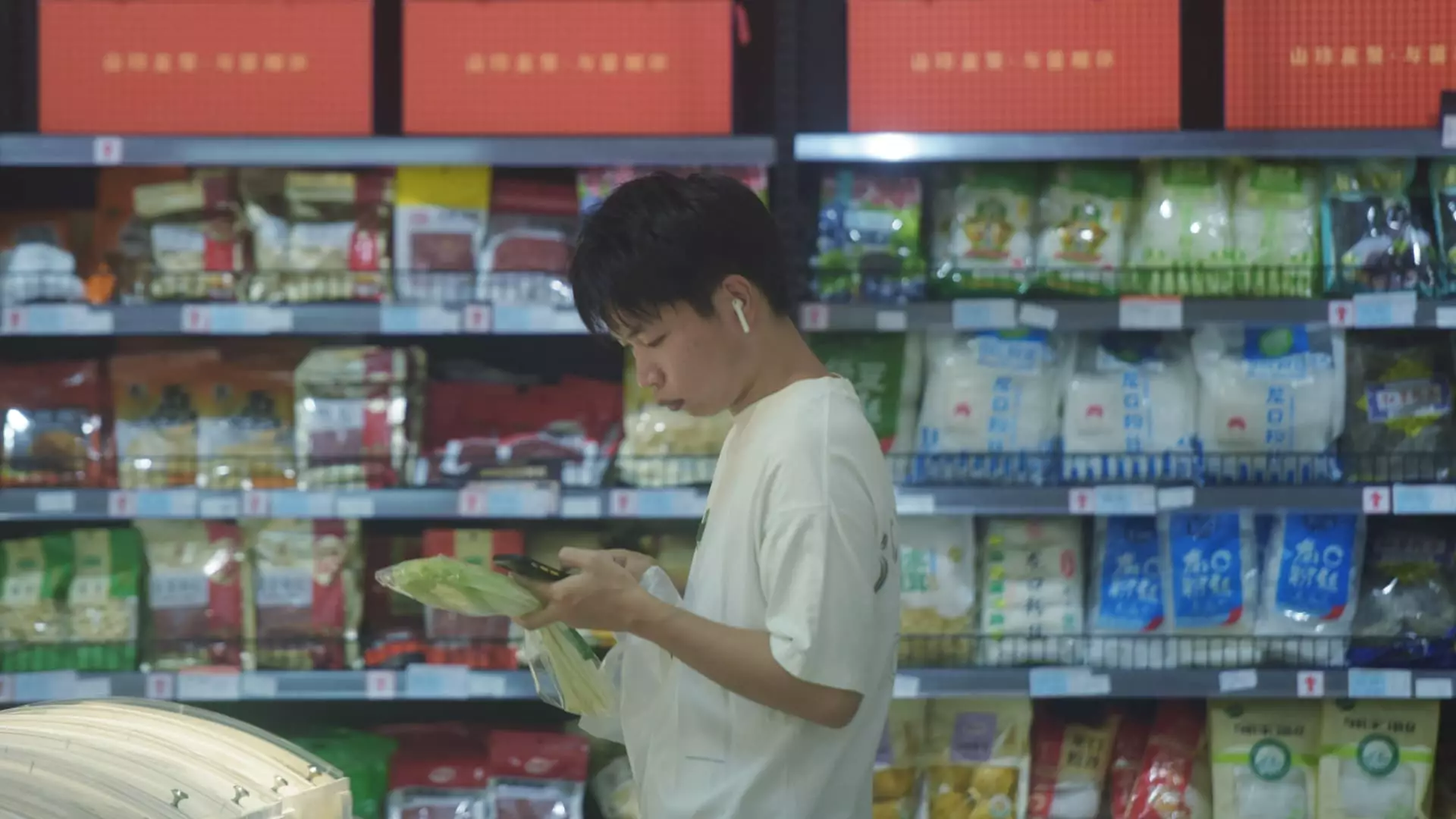Recent data from China’s National Bureau of Statistics reveals a troubling slowdown in the country’s economic performance for August, raising alarms among economists and market analysts. Retail sales, industrial output, and urban investments all posted growth figures that failed to meet the expectations set by predictions from Reuters. This performance is not just a blip; rather, it signals deeper underlying issues within the Chinese economy that have emerged as recovery from the COVID-19 pandemic continues to falter.
Retail sales demonstrated a meager increase of 2.1% year-over-year, trailing behind the anticipated 2.5%. This figure marked a decline from the previous month’s growth of 2.7%, suggesting that consumer spending, a vital component of economic health, is losing momentum. Similarly, industrial production achieved a growth rate of 4.5%, again falling short of the 4.8% forecast and indicating a slowdown from July’s performance of 5.1%. These disappointing growth rates highlight an urgent need for strategies that can reinvigorate consumer confidence and stimulate domestic demand.
Fixed asset investment has also shown signs of deceleration, with a rise of just 3.4% for the January to August period, compared to the projected 3.5%. Alarmingly, investment in the real estate sector is still in decline, having decreased by 10.2% over the same period. The stagnation in infrastructure and manufacturing investments raises significant questions about the future economic landscape of China, particularly with the urban unemployment rate inching up to 5.3% in August from 5.2% in July.
The National Bureau of Statistics has attributed this uptick in unemployment to seasonal fluctuations linked to the graduation cycle. However, the spokesperson underlined that addressing employment stability necessitates ongoing efforts. The rising youth unemployment rate, which reached a staggering 17.1% in July, further emphasizes the urgent need for measures targeting job creation and workforce development. These figures paint a stark picture of an economy grappling with a mismatch between education and job market demands.
The challenges faced by China are heightened by external economic pressures. The Bureau acknowledged that adverse external conditions are increasingly impacting the nation’s economic recovery, complicating strategies for growth. With the global demand landscape shifting, imports have only increased by a mere 0.5%, falling short of expectations, while exports showed more resilience with an 8.7% rise. Nevertheless, constant fluctuations in both consumption and external market engagements warrant cautious optimism.
August’s consumer price index increase of just 0.6% was another disappointment for economists and illustrated the limitations on inflation and purchasing power. In light of these statistics, it is clear that substantial challenges lie ahead for China as it strives for a robust recovery in the coming months. Without significant fiscal stimulus or renewed policies aimed at boosting domestic consumption and investment, the second-largest economy in the world may find itself battling prolonged slow growth, making it imperative for policymakers to rethink their current strategies.

